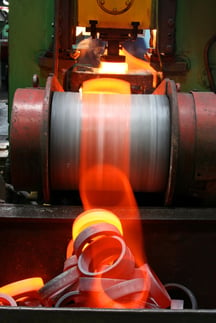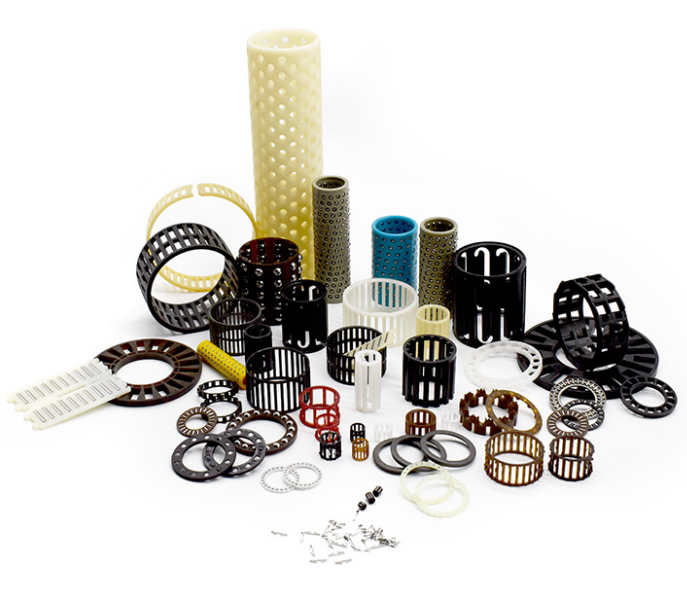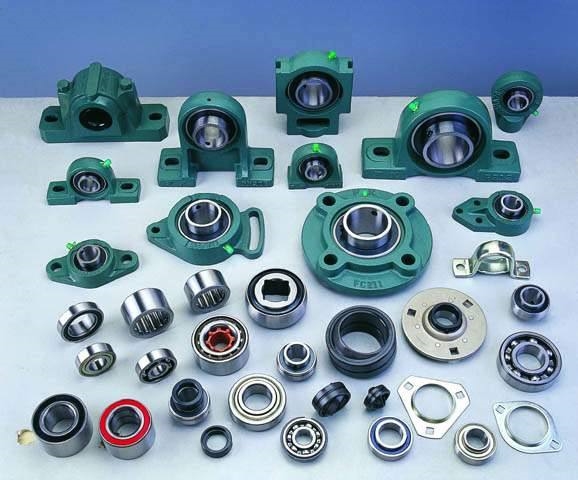When driving, we have a common sense that we should not brake suddenly frequently. The specific reason is that sudden braking causes the bearing speed to change rapidly. This acceleration stress will accelerate the fatigue of the bearing original parts, thus affecting the service life of the bearing. The same is true for industrial machinery. If Without the use of bearings specifically designed to withstand high rotational speeds and accelerations, these speed changes can cause the bearing's rolling elements and raceways to slip, resulting in wear and degradation of the cage guide surfaces.

Rapid speed changes occur in a wide range of industrial applications, from wood milling machines and reversing blooming mills to automotive clutches and more. Almost all machinery and various types of motors will undergo speed changes at some point during the manufacturing process. There are two results of rapid speed changes, one is damage to the cage, and the other is damage to the retainer, as detailed below.
1. The cage is damaged. Cage damage may be the cause, the main and most common cause of which is rapid changes in speed. When subjected to excessive acceleration or deceleration, the pressure between the bearing contact surfaces may rise significantly, causing stress and fatigue, resulting in Bearing failure.

2. The retainer is damaged. When used at higher speeds, the inertia force in the bearing will increase, and frequent stops and starts. If coupled with insufficient lubrication, the force between the cage and the rolling elements will be very large, resulting in cracks in the cage. .
To avoid damage caused by rapid shifting, engineers must select the most appropriate bearing for a given application and ensure proper lubrication throughout the bearing's service life, as detailed below.

1. Choose the bearing correctly. Different construction machinery has different bearings to choose from, based on ensuring that the bearing can handle the application requirements without premature degradation. For example, bearings with smaller rolling elements and cross-sections can help reduce the mass of the rotating body and are fast. Best choice for acceleration and deceleration applications.
2. Proper bearing lubrication. Lubrication acts as a buffer between a bearing's rolling elements and its cage, and stresses caused by rapid speed changes increase the need for relubrication to reduce the risk of bearing damage over time.
2024-01-25